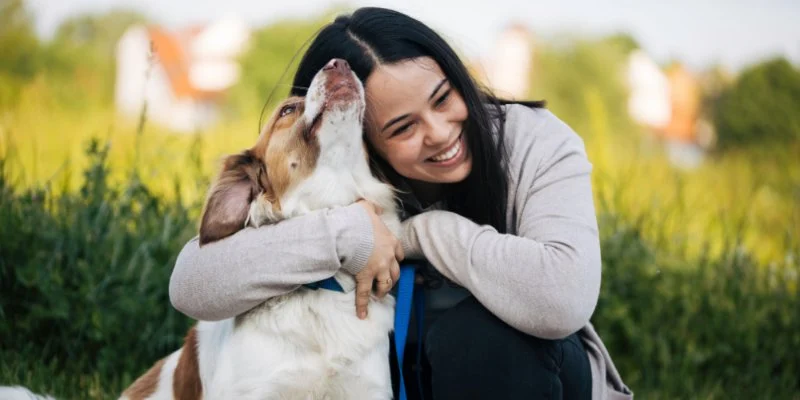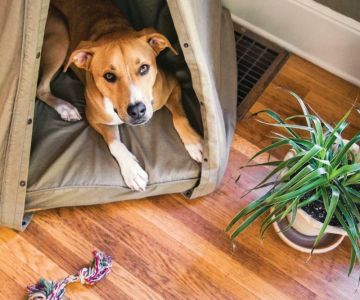 Table of Contents
Table of Contents- 1. Understanding Pet Anxiety
- 2. Behavioral Cues of Anxiety in Pets
- 3. Physiological Cues of Anxiety in Pets
- 4. Common Causes of Pet Anxiety
- 5. How to Manage and Relieve Pet Anxiety
- 6. When to Seek Professional Help for Pet Anxiety

 Table of Contents
Table of Contents
Learn how to prevent heatstroke in pets with these expert tips. Discover ways to keep your pet cool in summer, including cooling products and safety precautions to protect them from heat-related illnesses.

Discover the hidden dangers in common pet supplies and how to avoid them. Learn how to choose safe, non-toxic products for your pet and keep them healthy and happy.

Discover the daily operations of a veterinary clinic. Learn about the morning, midday, and evening activities that keep a veterinary clinic running, plus real-life stories from behind the scenes.

Learn how to choose the right pet supplement brand for your pet’s health. Explore essential tips on selecting quality supplements, understanding labels, and meeting your pet’s specific needs.

Should you let your pet be an influencer? Learn about the benefits and challenges of pet social media, along with real-life examples of successful pet influencers.

Discover how to train your dog to be alone at home with these expert tips. Learn how to address separation anxiety, create a positive environment, and avoid common mistakes.
 Princeton Veterinary Hospital4.0 (821 reviews)
Princeton Veterinary Hospital4.0 (821 reviews) Thomas Ridge Kennels4.0 (17 reviews)
Thomas Ridge Kennels4.0 (17 reviews) All Creatures Animal Hospital4.0 (354 reviews)
All Creatures Animal Hospital4.0 (354 reviews) Fatty Paws Pet Boutique0.0 (0 reviews)
Fatty Paws Pet Boutique0.0 (0 reviews) CityVet | Lone Mountain Veterinary & Urgent Care4.0 (104 reviews)
CityVet | Lone Mountain Veterinary & Urgent Care4.0 (104 reviews) Petnificent Picks5.0 (1 reviews)
Petnificent Picks5.0 (1 reviews) How to Transition a Senior Pet to Easier-to-Eat Food: A Comprehensive Guide
How to Transition a Senior Pet to Easier-to-Eat Food: A Comprehensive Guide The Hidden Dangers in Common Pet Supplies: What You Need to Know
The Hidden Dangers in Common Pet Supplies: What You Need to Know Managing Chronic Conditions in Pets: Essential Diet, Medication & Lifestyle Tips
Managing Chronic Conditions in Pets: Essential Diet, Medication & Lifestyle Tips How to Build a Pet Emergency Kit: Essentials You Need
How to Build a Pet Emergency Kit: Essentials You Need Best Practices for Pet Grooming Frequency by Breed: Keeping Your Pet’s Coat Healthy
Best Practices for Pet Grooming Frequency by Breed: Keeping Your Pet’s Coat Healthy The Effect of Seasonal Allergies on Pets & How to Help
The Effect of Seasonal Allergies on Pets & How to Help